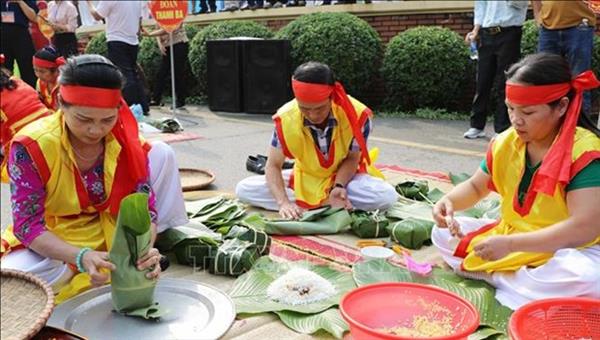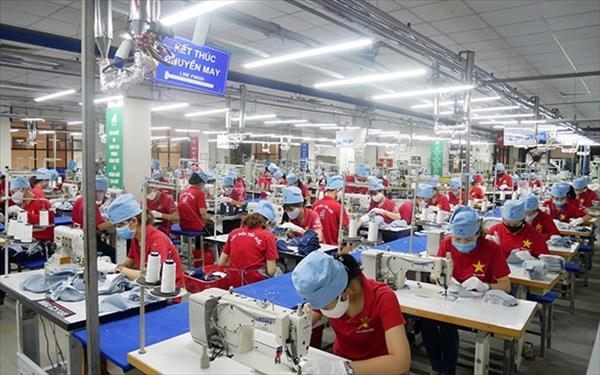He accepted the fact that Le Van Cai and Le Van Khuong would drop out of school so they could bring home a few million VND and help ease the family’s hardship.
However, after two months Hôong had to borrow money to bring his kids home as they could not stand the harsh working conditions. The two have gone back to school in Hoa Phong commune, but many other children are not as lucky.
Le Van Toa, another father from Krong Bong district’s Hoa Phong commune said that he was worried about his 13-year-old daughter working far from home. She called him several times, and spoke about the hard life she had to suffer.
“She told me that she worked from 6am to midnight, and had only two hours off for meals,” he said.
Nguyen Van Tam, chairman of the Cu Pui commune’s People’s Committee, said these ethnic minority students pay reduced school fees, but some parents let their children drop out of school to earn money.
Most of children have to work for a whole year to make 9 million VND (395 USD), and only get the money once at the end of that year.
Tran Ngoc Hung, deputy head of the district’s Division of Labour, Invalids and Social Affairs, said that since 2014 students were being sent to work at industrial zones or restaurants in the south. This year, as many as 135 students aged 12 to 16 had quit school and 42 of them were reportedly sent to work in HCM City.
Hung said the division, in co-operation with local authorities, has disseminated information about child labour law and penalties for dropping out of school to all households in the district, but the problem persists.
In 2014, more than 20 ethnic minority people in Cu Kuin district were found working in recruitment of child labourers for enterprises in the south. As many as 206 students from primary and secondary schools in Krong Bong, Lak, Cu Kuin and Krong Pac district, dropped out of school to work.
Tu Thi Khanh, head of the provincial Department of Labour, Invalids and Social Affairs’s Children Protection and Caring Unit, said that most of the children were between 13 and 15 and were vulnerable to social evils such as prostitution, abuse, drug use and human trafficking.
However, after two months Hôong had to borrow money to bring his kids home as they could not stand the harsh working conditions. The two have gone back to school in Hoa Phong commune, but many other children are not as lucky.
Le Van Toa, another father from Krong Bong district’s Hoa Phong commune said that he was worried about his 13-year-old daughter working far from home. She called him several times, and spoke about the hard life she had to suffer.
“She told me that she worked from 6am to midnight, and had only two hours off for meals,” he said.
Nguyen Van Tam, chairman of the Cu Pui commune’s People’s Committee, said these ethnic minority students pay reduced school fees, but some parents let their children drop out of school to earn money.
Most of children have to work for a whole year to make 9 million VND (395 USD), and only get the money once at the end of that year.
Tran Ngoc Hung, deputy head of the district’s Division of Labour, Invalids and Social Affairs, said that since 2014 students were being sent to work at industrial zones or restaurants in the south. This year, as many as 135 students aged 12 to 16 had quit school and 42 of them were reportedly sent to work in HCM City.
Hung said the division, in co-operation with local authorities, has disseminated information about child labour law and penalties for dropping out of school to all households in the district, but the problem persists.
In 2014, more than 20 ethnic minority people in Cu Kuin district were found working in recruitment of child labourers for enterprises in the south. As many as 206 students from primary and secondary schools in Krong Bong, Lak, Cu Kuin and Krong Pac district, dropped out of school to work.
Tu Thi Khanh, head of the provincial Department of Labour, Invalids and Social Affairs’s Children Protection and Caring Unit, said that most of the children were between 13 and 15 and were vulnerable to social evils such as prostitution, abuse, drug use and human trafficking.
VNA/VNP
















